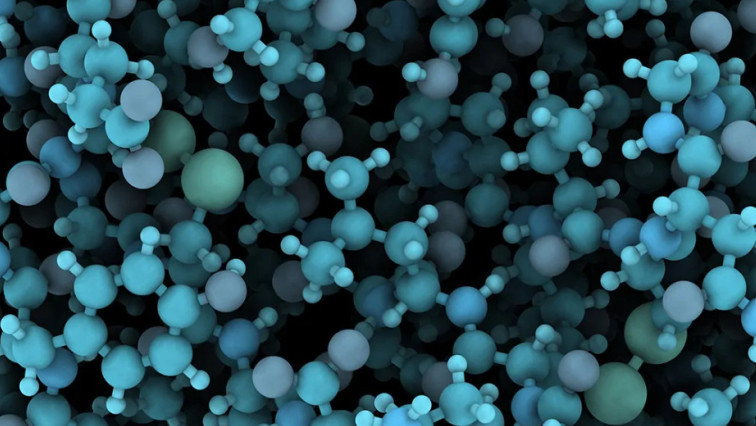The metal nanoclusters have a hybrid inorganic-organic structure where the inorganic metal core is composed of metal atoms such as gold or silver, or a combination of noble metals and transition metals.
The metal core is protected by a layer of organic ligand molecules such as thiols, phosphines, carbenes or alkynyls. The choice of the metals in the inorganic core defines the clusters’ physical properties whereas the organic ligand shell defines their solubility and functionality with the surrounding environment. As an example, ligands that make the cluster soluble in water can be used to functionalize binding to biomolecules such as single peptides or proteins.
This makes it possible to use the clusters as imaging agents of proteins or viruses via electron microscopy or via fluorescence spectroscopy, as precision delivery vehicles for drugs when both drugs and target-recognizing peptides are included in the ligand layer, or as photosensitizers in photodynamic therapy initiating photochemical reactions to produce reactive oxygen species.
The small size of the clusters, up to a couple of hundred metal atoms, makes them amenable for high-accuracy computational modeling.
“Although metal clusters have been investigated for decades, it is only rather recently that attention has turned to their wide application potential ranging from catalysis to biomedicine”, says the lead author of the review article, Dr. María Francisca Matus from the University of Jyväskylä.
“We are confident that these special nanosystems will offer a great, yet unexplored application potential particularly in biomedicine where true atomic-scale accuracy is needed to design efficient, biocompatible and safe solutions in advanced nanotherapies.”
“We were very happy be invited to write this comprehensive review article to one of the best journals in the field, which also recognizes our long-standing research tradition in science of metal nanoclusters in Jyväskylä. We hope that this contribution catalyzes even stronger global research efforts in this still rather narrow, but rapidly growing field of nanoparticle research”, concludes the senior author of the article, Professor Hannu Häkkinen.
Read the original article on University of Jyväskylä.







